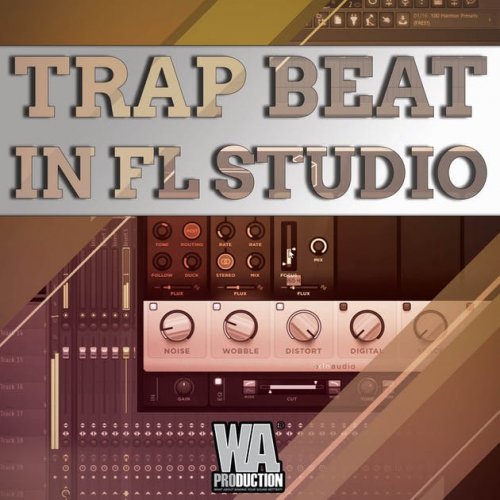

When writing melodies it’s helpful to lock yourself to one scale.

This scale allows you to create tension between the second and first steps, which can sound very cool. Instead of raising the 7th, you need to lower the 2nd step by a semitone. The raised step makes melodies sound a bit more interesting. The harmonic minor scale is easy to create - all you need to do is raise the 7th step by a semitone.


Minor scale melodies are mostly moody and dark. The minor scale can be created from all the white keys from A to A - it’s the A Minor scale. Here’s how these are created:ītw, all of these scales and more are included in my trap toolkit - check it out! Most trap melodies are based on one of these 3 scales - minor, harmonic minor, and phrygian. Part 2: Melodyīefore making a bass pattern I like to make a melody and figure out its chord progression. In this article I’ll show you my trap beatmaking workflow! In case you missed it, here's part 1 with drums tips. In fact, most of them consist of very few elements. A bright clap is then layered over the snare, adding subtle treble presence, and a thicker TR-808 clap sample is placed on beats 2 and 4 of the bar, emphasising the ‘true’ speed of the track against the half-time snare to create symbiotic polyrhythms that merge fast and slow.įinally, with its distinctive noise-like tinniness, the ubiquitous 808 crash cymbal marks the downbeat of each four-bar section.Making a trap beat shouldn’t be too complicated. In our example track, we’ve placed a powerful 808 snare sample on beat 3 of every bar. When it comes to snare selection, trap producers don’t stray too far from the common palette of TR-808 sounds - namely, the electronic 808 snare and machine-perfect clap. Trap rhythms often feature contrasting, syncopated interplay between these two speeds, combining a half-time snare on each bar’s third beat (instead of the usual 2 and 4) while robotic claps and other TR-808 sounds are interspersed at the original tempo. Following dubstep’s template, most trap records are produced at around 140-160bpm but feel far slower due to the kick and snare being programmed at half that tempo.


 0 kommentar(er)
0 kommentar(er)
